There isn’t just one, but many species of hopping marsupials, such as the kangaroo and its cousins, which belong to the Macropodidae family (a word derived from the Latin for “big feet”). In everyday language, there are four different kinds of macropods. It basically depends on the size of the animal:
- Kangaroos: the largest species
- Wallabies: small species that look like kangaroos
- Wallaroos: medium size kangaroo-like species, between kangaroos and wallabies
- Dendrolagus: kangaroos that live… in trees!
Kangaroos
Here are the three main species of kangaroo you might spot in Australia:
- The eastern grey kangaroo: this is one of the most widespread species in Australia. The eastern grey kangaroo is light grey and white and can measure between 1.5 and 1.8 metres. They weigh an average of 66 kilos. Standing upright, they can be up to two metres tall. This kangaroo lives in eastern Australia, between the states of Victoria, New South Wales and Queensland.
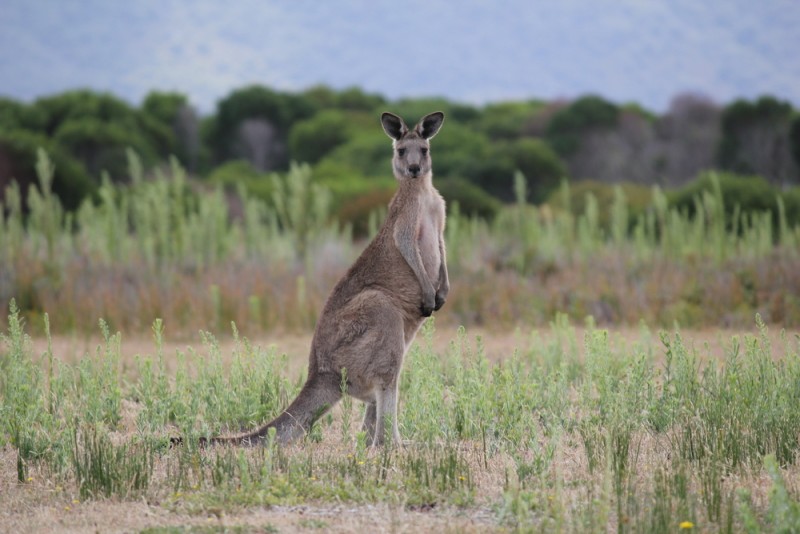
- The red kangaroo: this is the largest species of kangaroo. Males can measure up to 2 metres and weigh up to 90 kilos. Males are reddish while females tend to be grey with some red highlights. The red kangaroo can be spotted in the Outback, in the centre of the country and central Western Australia.
- The western grey kangaroo: this kangaroo looks very similar to the giant kangaroo. They live mainly in southern Australia, along the southern coasts of Western Australia and South Australia, and even in Victoria. You can spot western grey kangaroos on the beach at Lucky Bay, near Esperance, in the south of the state of Western Australia.
Locals advise against getting too close to kangaroos, as they are likely to punch you. Yes, it’s a cliché but this is how adult males in heat fight. They can also scratch you. But you can get closer to wallabies, which are friendlier animals.
Wallabies
Wallabies are similar to kangaroos, but smaller in size. There are 30 species of wallaby in Australia. They measure less than a metre and weigh no more than 25 kilos.
- The agile wallaby: this is the most common species of wallaby in northern Australia. Agile wallabies live along the coast of northern Queensland and in the Northern Territory. They measure no more than 85 cm and weigh less than 30 kilos.
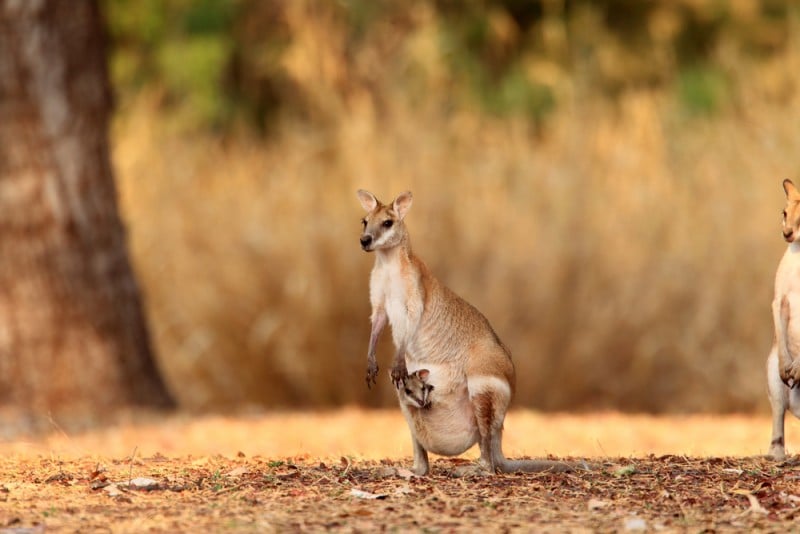
- The swamp wallaby: the swamp wallaby can be spotted along the east coast of Australia, from the York Peninsula in the north to Victoria. These wallabies live mainly in eucalyptus forests and measure an average of 80 cm.
- The red-necked wallaby: this is a common species of wallaby along the east coast of Australia, from Bundaberg in Queensland to the South Australian border. There is also a large population in Tasmania.
- The yellow-footed rock-wallaby: this one has a noticeable spotted tail and yellow-orange hind legs. Like other rock wallabies, it lives mainly on rocky ground. Rather shy and few in number, they are difficult to spot in the wild. But with a little patience and luck, you may have a small chance of seeing one in the Flinders Range and the Gawler Ranges, north and west of Port Augusta in South Australia.
Wallaroos
The wallaroo is an intermediate species between the wallaby and the kangaroo. The best-known species is the common wallaroo, found almost everywhere in Australia except the south coast. They generally measure between 1 and 1.4 metres. Three subspecies of wallaroo live in Australia.
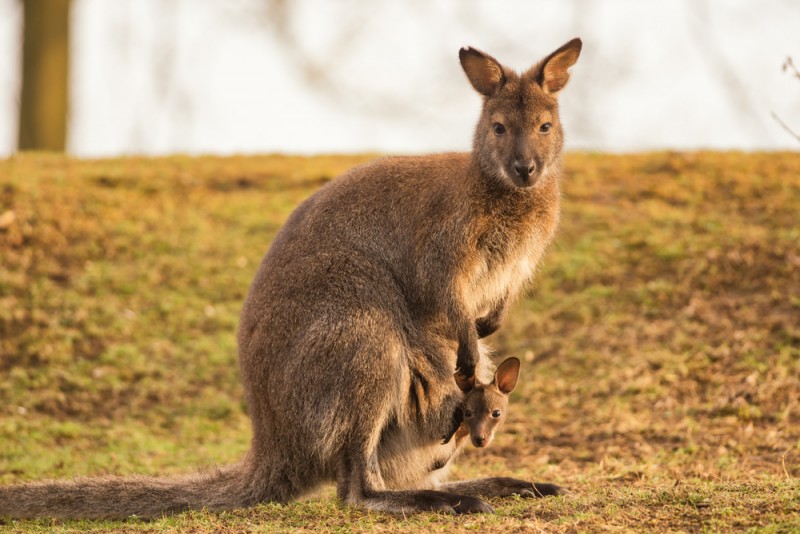
Quokkas
Often considered Australia’s cutest (or happiest!) animal, the quokka can be found on Rottnest Island in Western Australia.
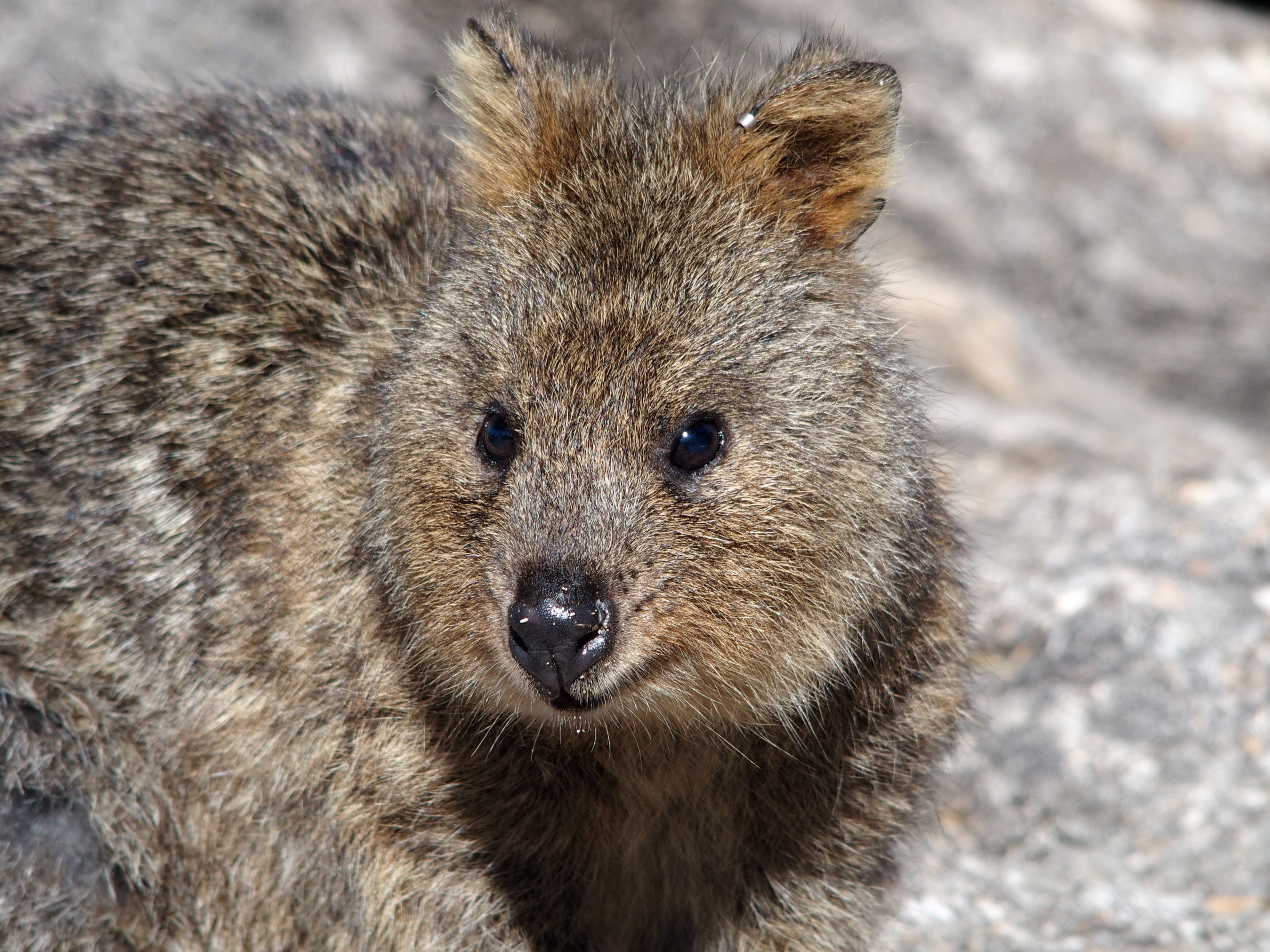
Pademelons
These animals are the smallest species (40-60 cm) of macropodidae—they are a bit like mini-kangaroos. Several subspecies live in Australia, such as the Tasmanian pademelon, found only in Tasmania, or the red-faced pademelon, which lives very close to the coast in northeastern Australia.
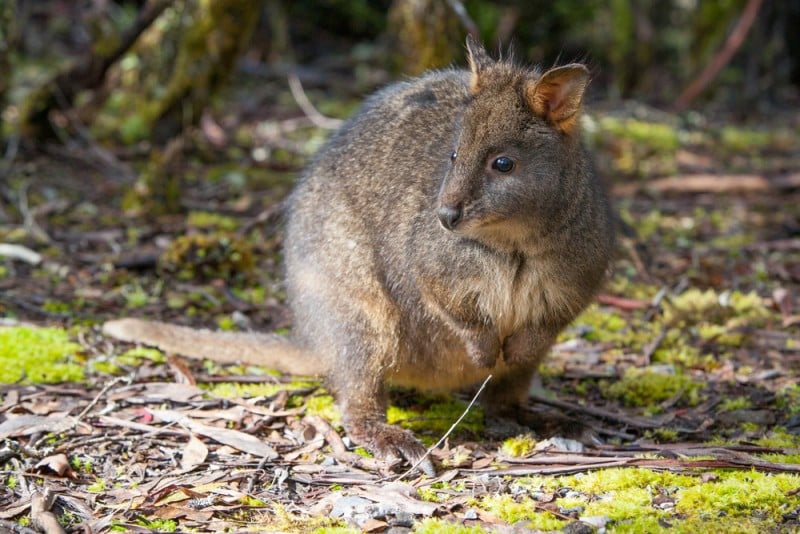
Where to see hopping marsupials
Marsupials don’t typically hop around in the streets of Sydney, Melbourne or Perth, sorry. However, you can spot them outside of the major urban areas. Here are some hot spots:
- Kangaroo Island (watch our Youtube video)
- Great Ocean Road
- Grampians National Park
- Freycinet National Park
- Namadgi National Park
- Flinders Ranges
Be patient and keep your eyes open, you’ll have every chance to spot them in the wild and along the roads, without having to go anywhere in particular. They won’t hesitate to cross in front of you either. Be careful at sunset, as kangaroos, wallabies and other wallaroos like to get close to roads. Unfortunately, the first animal you’ll see may be a poor creature who has been run over.
If you’re stopping by Alice Springs and would like to see little marsupials rescued after a car accident or the death of their mother, go to the Kangaroo Sanctuary, also known as the Baby Kangaroo Rescue Center or Joey Rescue Center (a joey is a baby kangaroo), where you can observe orphaned and/or injured little marsupials. You’ll learn about the dangers they face, how to care for orphaned baby kangaroos, and how these little marsupials are fed before they are set free. The entry fee is AU$85.

















 Français
Français English
English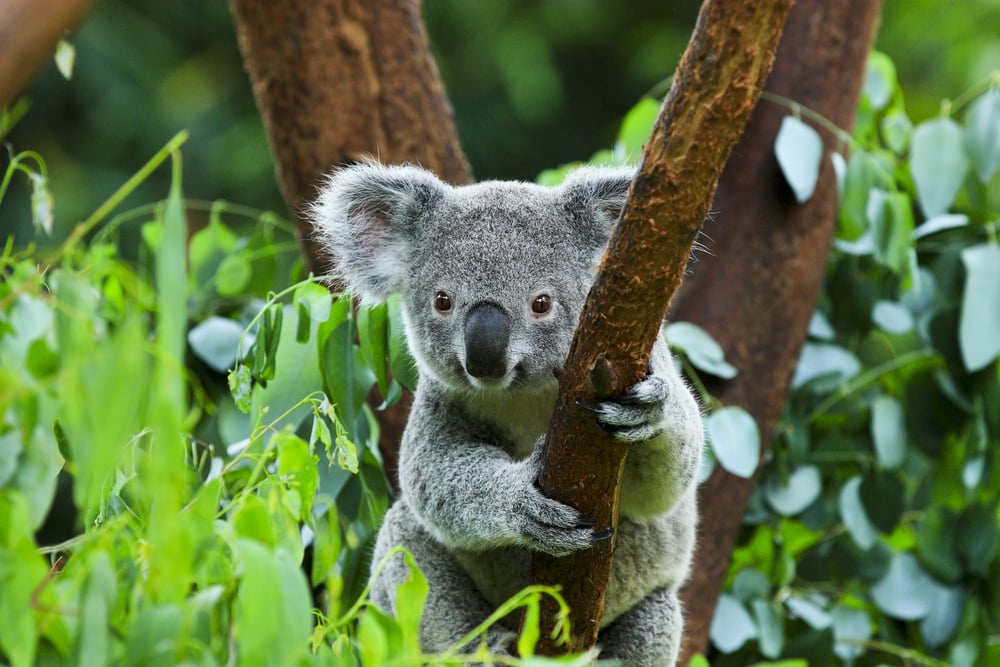

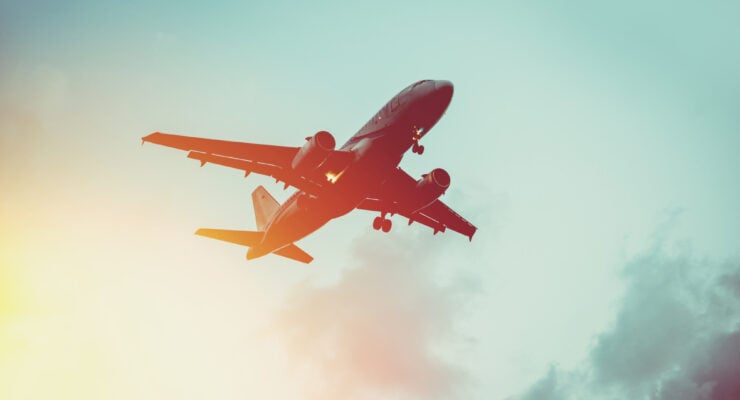
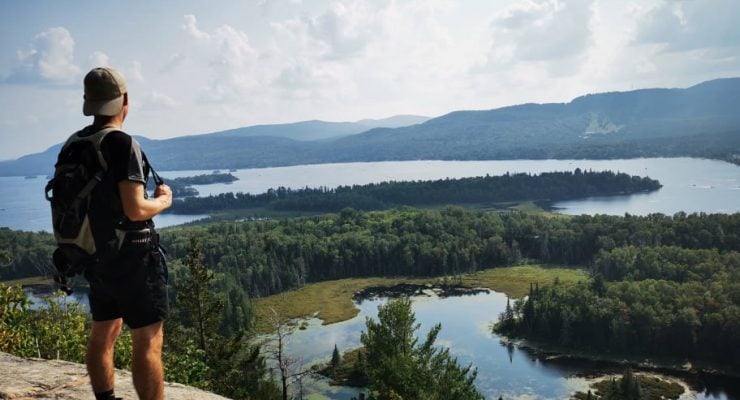
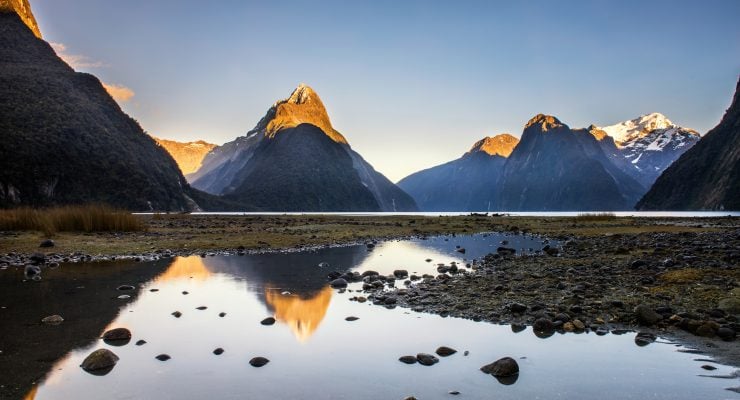
0 comments
{{like.username}}
Loading...
Load more